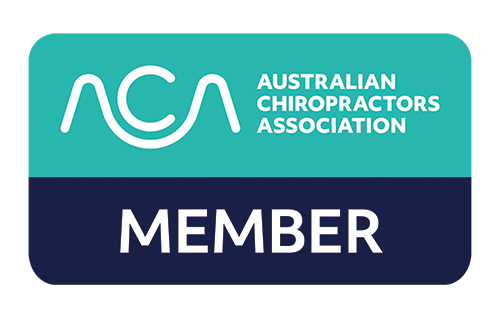By Kaushal Bhuta (Chiropractor) & James Teo (Podiatrist)
What is it?
Heel Pain is one of the most common conditions treated by Podiatrists. There are many causes of heel pain, however, it is usually the result of faulty mechanics in the way we walk. This can place too much stress on the heel bone and the soft tissue attached to it. At times, heel pain can also be the result of an injury, or systemic diseases such as arthritis and diabetes.
By far, the most common cause of heel pain is a condition known as plantar fasciitis. This is caused by inflammation of the long band of tissue that connects the heel and the ball of the foot. Excessive rolling of the foot has been long been established as the major cause of this inflammation, as this is the primary cause of excessive strain on the arch ligament. Symptoms usually include sharp pain in the heel first thing in the morning and following periods of rest, and aching pain in the heel on increased activity.
How Can it Be Fixed?
As there are many causes of heel pain, it is important to have the condition correctly diagnosed so that appropriate treatment can be implemented. Your healthcare professional such as your chiropractor or your podiatrist are trained do diagnose these conditions.
The Pain Spasm Cycle applies as much for this part of the body as for the neck, so for a diagram I would refer you to the picture on page 1.
At Necks Backs Sports we pride ourselves on trying to address each phase of the pain spasm cycle. Treatment for plantar fasciitis usually involves massage and stretching & strengthening exercises for the heel and calf muscles, icing of the heel to reduce inflammation, and strapping of the foot with shoe inserts (orthotics). The result is a strengthening of postural muscles and improved control of the ankle and foot.
Orthotics fitted by a properly trained podiatrist correct poor foot posture such as collapsed arches or poor foot movement patterns. Therefore the source of the problem is treated; without them the above treatment is rendered ineffective. They can also be made to fit most shoes (including dress shoes and high heels!). The result is a strengthening of postural muscles and improved control of the ankle and foot. Pain is also reduced and can vanish all together.


